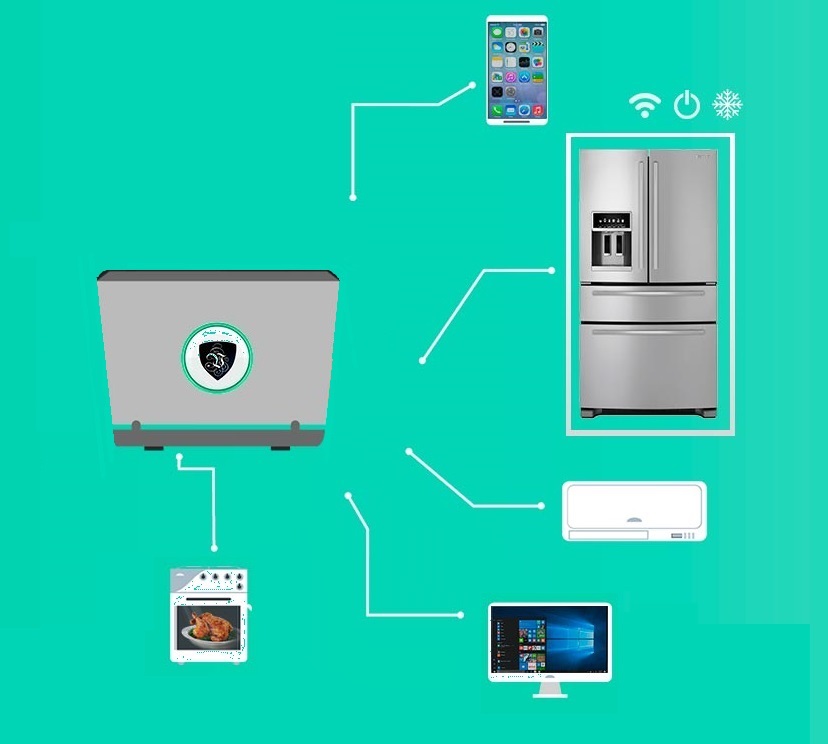The first thing we should know is that UX stands for user experience.
The UX design essentially seeks to improve customer satisfaction and loyalty by generating a high-value experience in every contact vertical that a customer experiences when interacting with a brand or company.
User experience design is a discipline that has been growing in recent years, where a UX designer and User Centered Design (UCD) are in charge of the UX process, where it is important to really understand the details that compose it and make it work.
The biggest myth is to believe that UX design is simply the user interface (UI), for this, we must know that the UI is only the means by which the user can communicate with a machine, equipment, computer or device and plays an important role in the work of a UX designer, but it’s not the only part.
Interpret it like this: UX design is the whole journey and the UI is the destination.
Summarizing the UX design is a strategic design process with methodological steps where its objective is to create a product or site that customers / users are attracted to, and for them to be easy to use and understand without problems, by achieving This we come to the correct user interface solution.
Usability is a crucial quality attribute that indicates whether the product is suitable for what you want and is easy to use, for a user your product or service ceases to be valuable if it looks fabulous, but you cannot use it and it is not useful.
Its most used methodologies are:
Design Thinking.
This practice generally includes several steps such as user research to generate empathy, definition of the problem, generate ideas with possible solutions, prototype models where finally evaluate and test the prototypes
Google Design Sprint
This methodology was created by Google and allows prototyping and validating ideas with end users very quickly, in order to define a Roadmap of a product in 5 phases.
Phase 1: Understand and define
Phase 2: Sketch
Phase 3: Decide
Phase 4: Prototyping
Phase 5: Test & Validate
Part 2…. Soon
Source: Author

